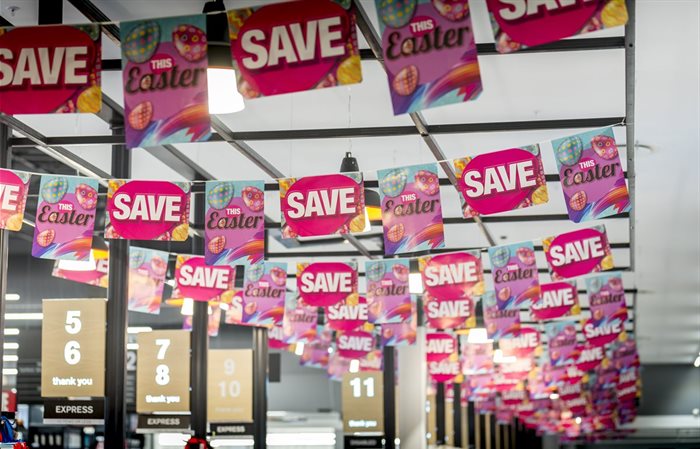Cutting through the clutter of retail promo days

According to Mike Smollan, chief growth and innovation officer at Smollan, selecting which promotional days retailers should capitalise on leads the conversation, along with establishing whether or not one should do all of them, none of them or only a few. Then there are the considerations around how one approaches consumer expectations and the question of losing loyalty points if you don’t get in the mix, and how to break through the muchness of it all if you can’t see the wood for the trees.
Understanding behavioural patterns around promotional days has Smith Design reporting that most consumers have their specific promo days on their shopping radar sometimes several months in advance, while others take a decision on the spot after being inundated with ads and marketing campaigns – whether via the help of an in-store display, a quick web search or a price comparison.
Over the years influences on consumer decisions have increased, with retailers and brands needing to take into consideration a variety of touchpoints as they not only think outside the box to distinguish their products from the masses but whether their participation is relevant or not.
Mike Smollan shares some ways for retailers and brands to cut through the noise should they commit to a promo day.
Getting personal
Dig into data from previous years and tune in on social media. Find out what your customers are looking for. What did they purchase in previous years? Which promotions produced the most sales? Is participating in a particular day necessary or not? If a promo day fits the brand, then use the information to personalise email campaigns with studies showing that the personal touch results in higher open rates and increased sales.
Engaging in-store experience
Once the decision has been made to participate in a particular day, bringing your product to life in-store in the spirit of the promotional day or using the latest tech could spark memorable experiences. Walmart back in 2018 created an augmented reality experience, partnering with iconic brands such as PepsiCo and Kellogg’s using an app that enabled shoppers to see brand-sponsored aisles come to life with face filters, games, and 3D animation. The shopper could record this and share it to their social networks creating a buzz beyond brick and mortar.
Consumer solutions via digital content
Early on in the shopping journey around promotional days, consumers often search for inspiration and solutions such as looking for recipes, planning, gifting, saving, etc. on social media. Meet them where they are to help them with their decision such as creating shoppable Instagram posts that simultaneously inspire and offer an easy way to purchase; share rich blog content that addresses the promotional day or create Pinterest boards with gift ideas for Bosses Day.
When strategies are executed successfully retailers can benefit from increased revenue opportunities that promo days offer, both in-store and online. In a Bizcommunity article the question was posed a few years ago whether Black Friday and Cyber Monday was a good fit for a particular business. The response came from Dr Yudhvir Seetharam, at the time head of analytics at FNB Business saying, “What is important for businesses to consider is that a sale is essentially a trade-off between volume and value. A business can increase sales by either selling more at the same price, or by selling the same amount at a higher price.”
He suggested that any form of promotional discounting, and this could apply to most promo days, should only be considered when a business wants to increase brand awareness; or needs to increase customer traffic to either their store or website or to free up storage space for new products. “Put simply, promotions should be used to drive abnormal growth on margins over a limited period, as opposed to using promotions to catch up to your forecast,” concluded Seetharam.
It’s not about wearing all the hats and turning up to every party to gain the popular vote. Instead, it’s about analysing your market patterns and customer preferences, focusing on their needs to foster brand loyalty. E-tail states that only in the combining of streamlined un-siloed data science, seamless cross-channel customer service and marketing, and authentic personalisation, can retailers and brands expect to create buyer experiences which can combat the fickle nature of the modern consumer.
Promo days are there to enhance the retail offering, attract attention to the business at an opportune time with the potential to convert one-time customers into loyal patrons. Once you have determined the value of the day and have set a reliable baseline – you can then determine if the promotion is effective enough to tick all the boxes that benefit the business and the long-term sustainability of your customer base.


















